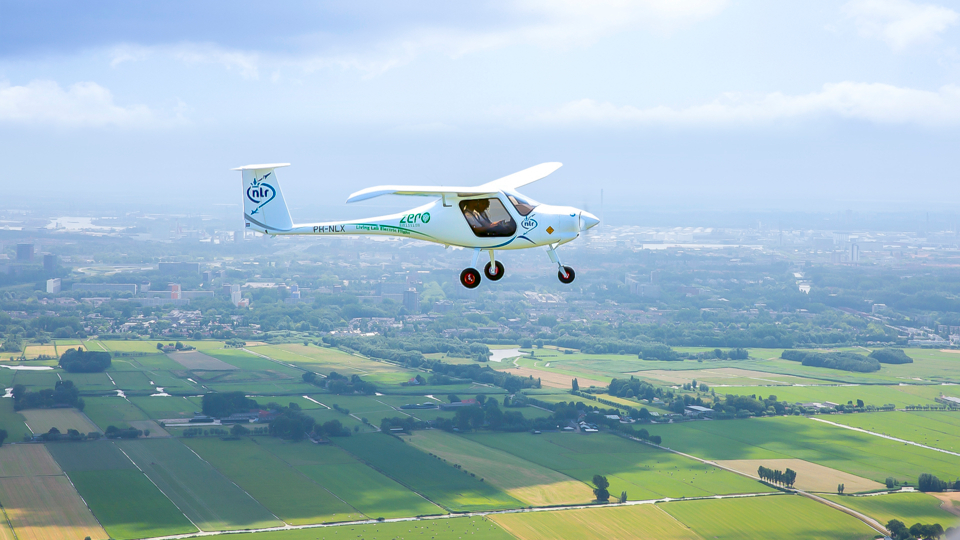Hybrid electric planes bring us towards sustainable aviation
Jesper is an R&D Engineer at NLR (Netherlands Aerospace Centre). He graduated in AM in 2013. He completed his PhD in 2022 with Professor Frank Leferink of the Department of Power Electronics and EMC. His dissertation was entitled: ‘Crosstalk Analysis in Aerospace Environments’.
Working at NLR - the Royal Netherlands Aerospace Centre
I have been working at the Royal Netherlands Aerospace Centre, in the group Electromagnetic Technology and Antennas, a group with roughly 10 other colleagues. I specialise in the modelling and simulation of electromagnetic effects in aviation and space. Examples include the development of for instance integrated antennas in aircraft structures, propagation of electromagnetic waves, development of solutions to replace wiring by for example wireless communication for avionics, and last but not least electromagnetic compatibility. The latest topic implies that every piece of equipment you bring on board an aircraft must not disturb neighbouring equipment, nor be disturbed by its environment (including lightning strikes). The topic of EMC includes undesired electromagnetic coupling (crosstalk) between wiring, and is currently a crucial topic in the development of electric flight, hence a lot of my time nowadays goes to projects that try to mitigate EMC risks in such aircraft. For this, simulation models are first created and, if this is satisfactory, actual testing will take place.

Picture: EMC lab
Safety challenges of all kinds
It's great fun to work for NLR, it offers all kinds of challenges. Not only do I contribute to the fact that passengers can fly safely, but NLR is also involved with safety at Schiphol Airport, with the development of Hydrogen and electric aircraft; besides the actual technologies required for such aircraft, you could also investigate how long it takes until an aircraft is charged and what the logistics on Schiphol for that should look like. Of course, you can also work on new materials for the construction of new aircraft, as well as new production technologies such as 3D printing. And with all new types of material, we need to consider that there should be enough protection against lightning; critical equipment on board must survive a lightning strike and the aircraft must remain in flight at all times! Apart from that, NLR also creates noise models of the Schiphol area and of various aircraft types.

Moreover, training and simulation could be another interesting topic, in which training programmes are developed to train pilots, or people from air traffic control come to NLR to use our flight tower simulator as a training platform. We can have them experience several extreme conditions in a short period.
Mathematics from my UT days
I still use a fair amount of what I learned during my education, such as optimization methods, differential equations and numerical methods to solve these. Also, other types of mathematics, such as data science, systems and control or even your mathematical modelling skills in general, can all find their application within our research at NLR.
European projects
Because we research and support aerospace, we also get involved in European projects. It is very exciting because we not only contribute to beautiful aircraft of the future, but we are also concerned with the impact of aviation on the climate and how we can reduce it. To achieve this, we look for solutions that can drastically reduce greenhouse gas emissions. Hybrid electric flying is one of the cornerstones of our progress towards sustainable aviation and I am thrilled to be part of it.
Want to know more about work at NLR? Then check out the website. Or follow me on my LinkedIn page on which I occasionally post interesting messages.






